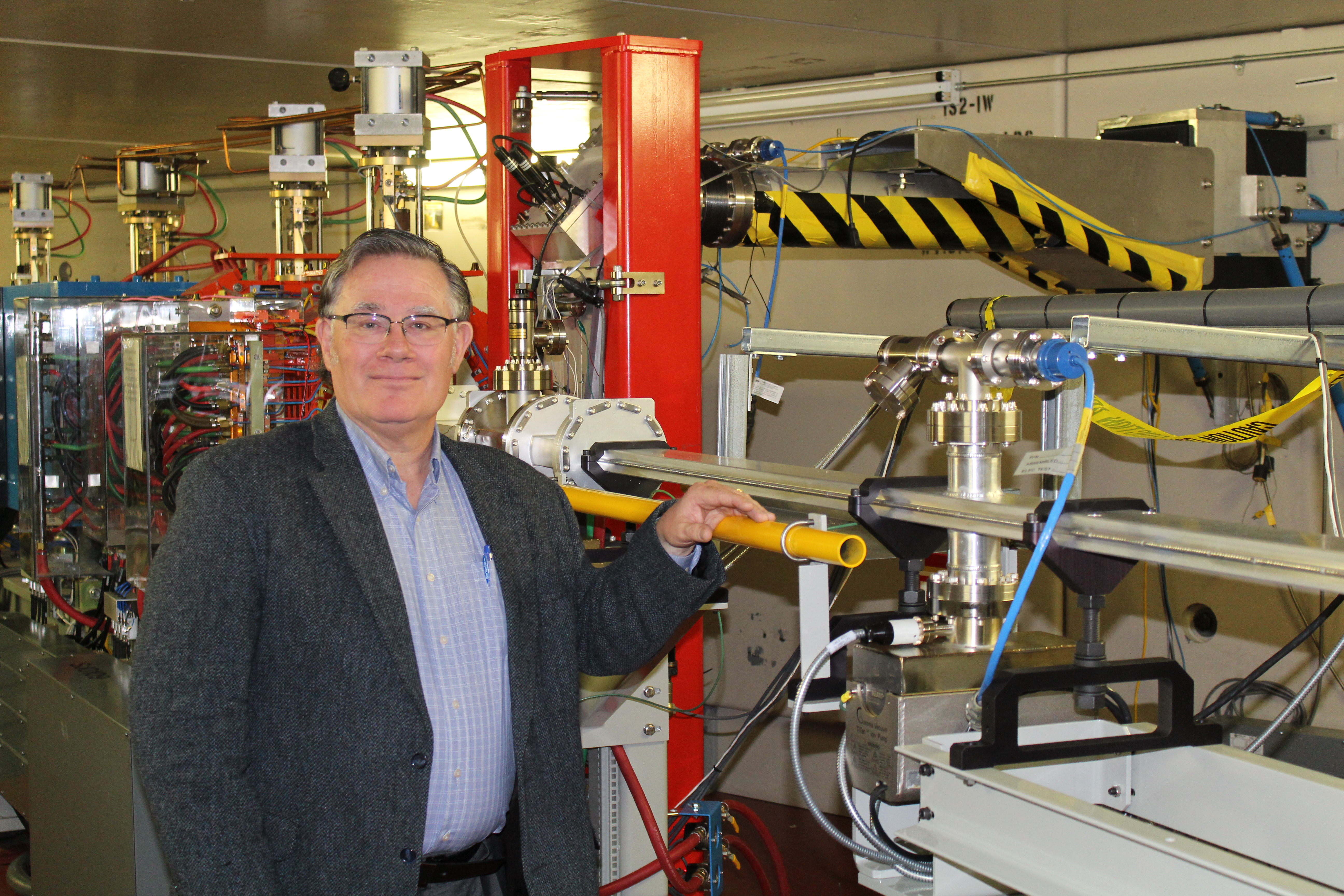
What led you to the ALS?
My original training was in accelerator physics with a hardware specialty on superconducting magnets. My dissertation was on compact electron synchrotrons. I performed experiments at Brookhaven and Cornell during grad school. I was heavily involved with the the high energy booster dipole development for the Superconducting Super Collider (SSC). I didn’t think I’d be fortunate enough to work on accelerators after the SSC experience. I joined the National High Magnetic Field Laboratory in 1992. I was part of the NHMFL’s 900 MHz team, which successfully built a 10 cm bore 21.1 Tesla NMR magnet. I became responsible for the NHMFL’s Pulsed Magnet Program in 2001. The work entailed the development of user facility magnets to produce milli-second scale pulsed fields of intensities up to 75 T. I moved the NHMFL pulsed magnet program to Los Alamos in 2006. While there, our team achieved peak pulsed fields of 100 T and sustained user program operations at 95 T. I suppose I am a restless soul. I started looking to Berkeley when the hardware development opportunities at LANL started winding down. I came to Berkeley thinking I was going to work on undulator magnets for NGLS. When that didn’t happen, I was assigned to work at ALS overseeing insertion devices. Bit by bit, I have picked up storage ring engineering responsibilities. The work has been a good fit. I now have the privilege of working on ALS-U. The opportunity to help build an accelerator brings some closure for me, given my origins. Returning to the accelerator community has been fulfilling.
What have you enjoyed most about working at the ALS?
I’ve really enjoyed the wider diversity of people and skill sets. We’re not isolated; there are hundreds of thousands of students in the Bay Area. There is an immense technical infrastructure here. Collaborations abound. Working at Berkeley has been an opportunity to learn how “Big Science” is truly accomplished.
What’s been challenging for you in your time at the ALS?
You have to learn operate with multiple stakeholders from different organizations. Here at the Lab, we’re always collaborating between multiple organizations. Learning how to link these things together and communicate effectively—that’s been a stretch assignment.
What’s exciting about ALS-U for you?
To progress you must always be looking for something new. Pushing the limits technically and mathematically is key to the future. For ALS-U there’s this natural coupling of non-linear dynamics requirements onto the engineering. The magnetics challenge is to engineer compact, ultra-high performance, combined-function magnets where you’re purposely mixing harmonics. This is an opportunity to do something new. The accelerator requirements, the vacuum requirements, are challenging for ALS-U. The original ALS was one of the first third-generation synchrotrons. When you look around the world and look at technology developed for third-generation light sources, they were all basically minor improvements on the ALS work. Now, after the first fourth-generation machine at MAX IV, our opportunity is to define an engineering design for a fourth generation light source. It’s really exciting to be a part of that.
What do you enjoy doing in your free time, when you have it?
We hike and bicycle, fly drones aggressively, and enjoy music performances. I really enjoy photography—I collect vintage/old cameras. I like to go into the city and shoot black and white film. I read a lot. What I like about the West Coast is that people are so positive about change. Moving here felt like moving into the future, sociologically.